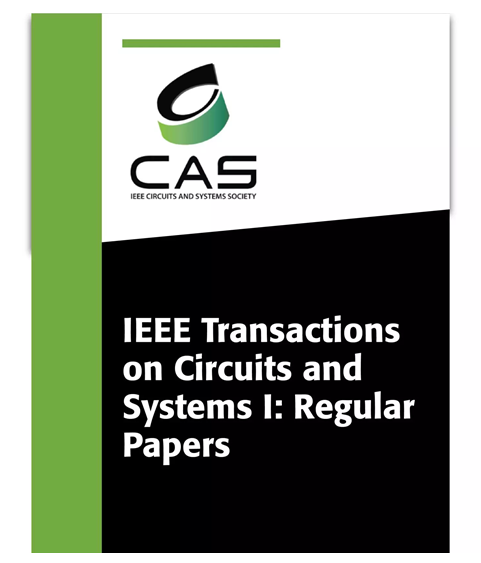Low-Power Subthreshold Voltage References for High-Temperature Applications
IF 5.2
1区 工程技术
Q1 ENGINEERING, ELECTRICAL & ELECTRONIC
IEEE Transactions on Circuits and Systems I: Regular Papers
Pub Date : 2025-04-10
DOI:10.1109/TCSI.2025.3554367
引用次数: 0
Abstract
Advanced Internet-of-Things (IoT) devices are increasingly used in high-temperature environments, such as automotive, aerospace, defense, and industrial applications. High-temperature voltage references are crucial for these systems. This paper presents two topologies designed for high-temperature operation. The first topology minimizes design costs by using a replica branch to decouple leakage from the core, reducing its impact on the reference voltage. The second topology optimizes the operating temperature by employing one-stage amplifiers as buffers to handle junction leakage while maintaining body voltage. Both designs are fabricated in a 180 nm CMOS process. The first design supports operation up to用于高温应用的低功耗亚阈值电压参考
先进的物联网(IoT)设备越来越多地用于高温环境,如汽车、航空航天、国防和工业应用。高温参考电压对这些系统至关重要。本文提出了两种用于高温操作的拓扑结构。第一种拓扑结构通过使用复制支路来解耦芯线的漏电,减少其对参考电压的影响,从而最大限度地降低了设计成本。第二种拓扑通过采用一级放大器作为缓冲器来处理结漏,同时保持体电压,从而优化工作温度。这两种设计都是在180纳米CMOS工艺中制造的。第一种设计支持运行高达$140~^{\circ}$ C,平均温度系数(TC)为70 ppm/°C,而第二种设计运行高达$170~^{\circ}$ C, TC为64 ppm/°C。该设计的线路灵敏度分别为0.46% /V和0.31% /V, 100 Hz时的psrr分别为-37.8 dB和-38.3 dB,室温时的功耗分别为111 pW和136.8 pW。
本文章由计算机程序翻译,如有差异,请以英文原文为准。
求助全文
约1分钟内获得全文
求助全文
来源期刊
CiteScore
9.80
自引率
11.80%
发文量
441
审稿时长
2 months
期刊介绍:
TCAS I publishes regular papers in the field specified by the theory, analysis, design, and practical implementations of circuits, and the application of circuit techniques to systems and to signal processing. Included is the whole spectrum from basic scientific theory to industrial applications. The field of interest covered includes: - Circuits: Analog, Digital and Mixed Signal Circuits and Systems - Nonlinear Circuits and Systems, Integrated Sensors, MEMS and Systems on Chip, Nanoscale Circuits and Systems, Optoelectronic - Circuits and Systems, Power Electronics and Systems - Software for Analog-and-Logic Circuits and Systems - Control aspects of Circuits and Systems.

 求助内容:
求助内容: 应助结果提醒方式:
应助结果提醒方式:


